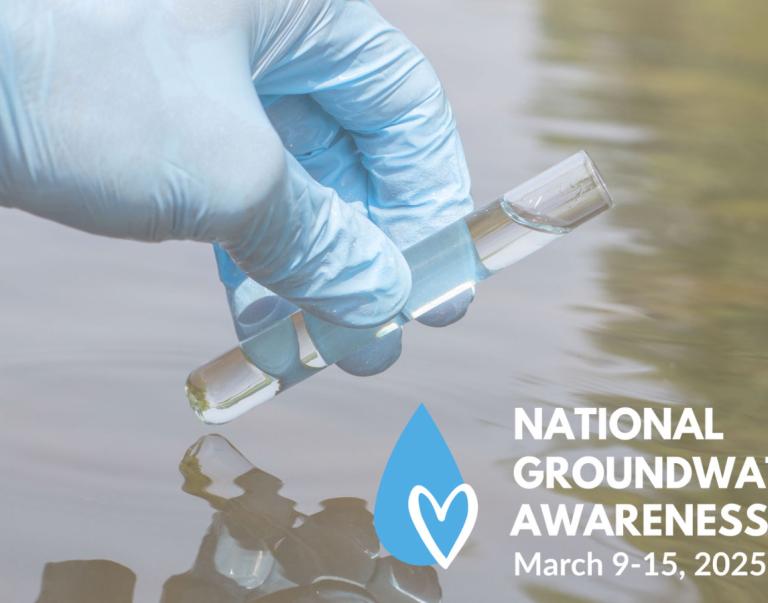In late July, I was thrilled to visit with leaders from across southwest Georgia, including my hometown of Camilla, to discuss how USDA can support their work on the ground tackling issues relating to rural child poverty.
In Georgia, the poverty rate is 19 percent, and for children, it’s a staggering 27 percent. In Dougherty County, nearly one in three residents live in poverty.
This is why people like Secretary of Agriculture Vilsack, Secretary of Interior Jewell, and I are hitting the road—to hear first-hand what’s working in rural America and how we, the federal government, can help.
I recently participated in a discussion at Albany State University, a Historically Black University in southwest Georgia, where I heard from dedicated individuals who are working tirelessly to address rural child poverty in their communities. Their work truly defines what the White House Rural Council’s Rural Impact initiative is all about – making sure all children have an opportunity to succeed. This is why USDA and the White House Rural Council are teaming up to support rural families and address their unique set of needs.
Through Rural Impact, President Obama’s Administration is responding to distinct challenges faced by America’s rural communities, including child poverty. USDA’s StrikeForce for Rural Growth and Opportunity Initiative is a prime example of the innovative ways we are delivering support to rural families through federal programs. Since its inception in 2010, StrikeForce has brought critical resources to 880 rural counties in need in 21 states and Puerto Rico. Additionally, these efforts have helped direct over $16 billion in investments to feed kids and foster economic growth in communities facing economic challenges.
The challenges facing rural communities can often seem daunting: fewer job prospects, lack of access to critical services, and aging infrastructure. In these places, poverty is not only pervasive, it is persistent: More than 300 rural counties have had poverty rates of over 20 percent in every Census report since 1980.
At Albany State, I heard from the Southern Telehealth Resource Center, which is helping lead the way on telehealth—connecting rural kids and families with high-quality primary and specialist care. In states with large rural populations and lower rates of physicians per capita, telehealth is improving health outcomes and saving patients and taxpayers money. The Obama Administration is committed to supporting this work, with programs like HHS’ Rural Child Poverty Telehealth Network Grant Program and USDA’s Distance Learning & Telemedicine Grants.
I also learned of the fantastic work of Second Harvest of Southern Georgia, which operates under the mission of feeding southwest Georgia’s most vulnerable populations. In the last 12 months, they have distributed more than 20 million pounds of food, which amounts to a total 14.6 million meals. Their Kids Café program alone feeds thousands of children each day.
I left Georgia feeling both humbled and grateful. Humbled by the incredible reach of USDA’s programs, and grateful for our local partners, working tirelessly every day to create a better future for children in my own hometown and all across America. USDA and The White House Rural Council are thankful for our relationships with local, rural community leaders, and we look forward to lasting partnerships that will help us fulfill shared goals of building a healthier next generation and stronger rural America.



